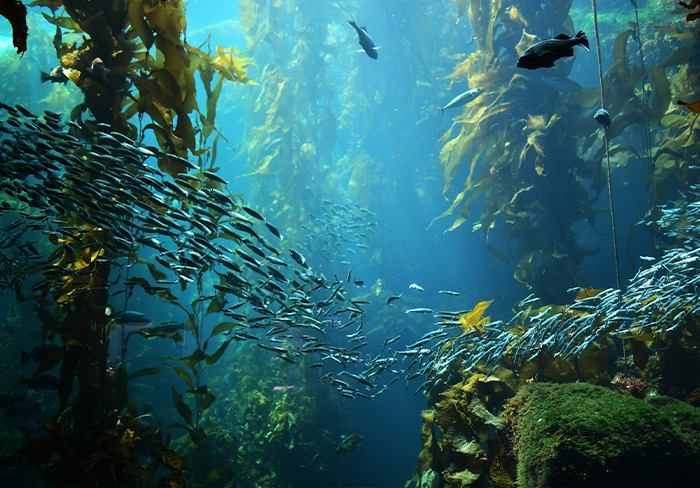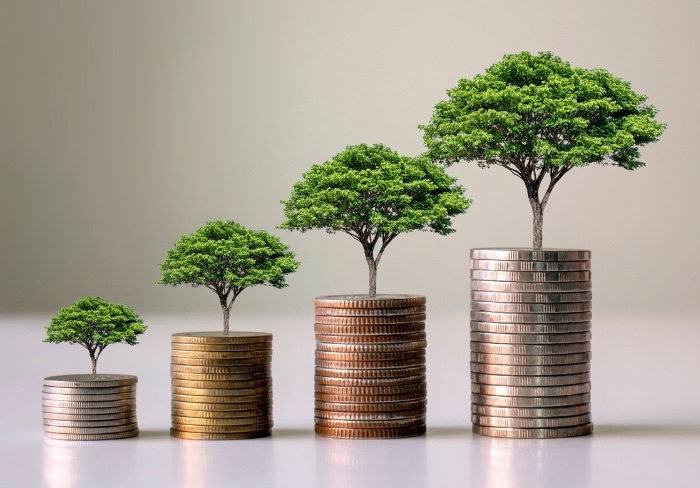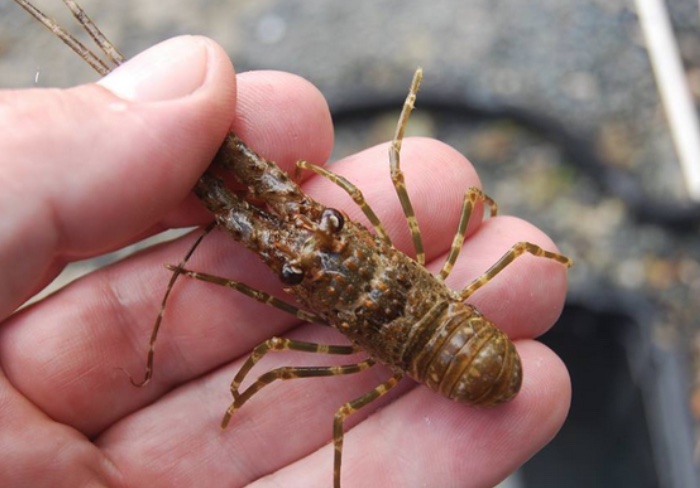
The ocean is remarkable. It covers 71% of the world, and it’s taken in approximately 25% of all the carbon dioxide emitted by human activities.
But the ocean is in decline. Human activities are slowly killing its essential components, such as mangroves and oysters.
Mangroves can store up to five times as much carbon as tropical forests, but up to 50% of mangroves worldwide have been lost since the 1950s. And it’s a similar story with oysters. So, like so many other ecopreneurs, I have dedicated my life to reversing these declines and helping the ocean to heal.
Carbon Sequestration in the Ocean
The first time I truly understood the potential of the ocean was around 10 years ago. I was on the west coast of Canada, near Tofino, and I saw these incredible kelp beds I could tie my boat to.
So, I spoke to a local fisherman who explained that giant kelps are like trees, but superior in every way. And that’s when I realized they were just growing and taking in CO2 and forming part of a healthy eco-system alongside otters, urchins, fish, and so many other things. I was blown away by how beautiful it was.
But giant kelps are dying, fast. I didn’t fully understand the impact at the time, but I understood the importance of trees in the carbon dioxide cycle. So, I looked into the building blocks of the eco-systems and learnt the simple, but harsh, truth. When the world’s eco-systems fall out of balance, the earth will slowly die.
Protecting the Oceans
But I didn’t really start working to protect the oceans until 2017, when my home was destroyed by hurricane Irma. But even worse than losing my home, was knowing that the hurricane was caused by people.
Hurricanes are caused when the sea’s surface temperature is too high. The excess heat has to go somewhere, and that’s where hurricanes comes in. Hurricanes cool the oceans down and lower the sea surface temperature. In short, they are a direct result of global warming.
To prevent hurricanes, we have to stop global warming. And to do that, we have to sequester colossal amounts of carbon. Mangroves are super machines for storing carbon, so that’s where I started, re-instating mangrove forests.
The Potential of the Ocean
The ocean has so much more potential than just being a carbon sink. It can also solve most of the problems that have arisen because of overpopulation.
Currently, we live on the land, and we produce food on the land. To produce food, we are cutting down hectares of trees because we don’t have enough space. We all know that we cannot continue to decimate forests at the rate that we are, so we must turn to the seas.
We need to produce more food in the oceans, and in the process, we will also get all the benefits of a re-booted eco-system. To me, the oceans are just there in front of us, asking to be used.
The Future of Carbon Sequestration in the Ocean
I believe there is a movement of like-minded people that see opportunities in the ocean to do good, make some money, and feed the world. The importance of the ocean in the economy is going to increase almost exponentially, creating an unstoppable momentum.
My place in the process is creating harmony between scientists, ecopreneurs, and large corporations and bringing them together to pilot and develop enormous opportunities.
At the moment we are talking about electric cars, working from home, and stopping carbon producing activities. Whereas we should talk about starting, not stopping. We can live the same life we are living today by sequestering carbon on mass.
70% of kelp forests on California’s coast are gone; we need to replant them. If we reinstate 40% of the kelp forests across the west coast of the USA over the next 15 years, it would be game changing. It won’t be easy, but it is possible.

 Giles Cadman
Giles Cadman 
